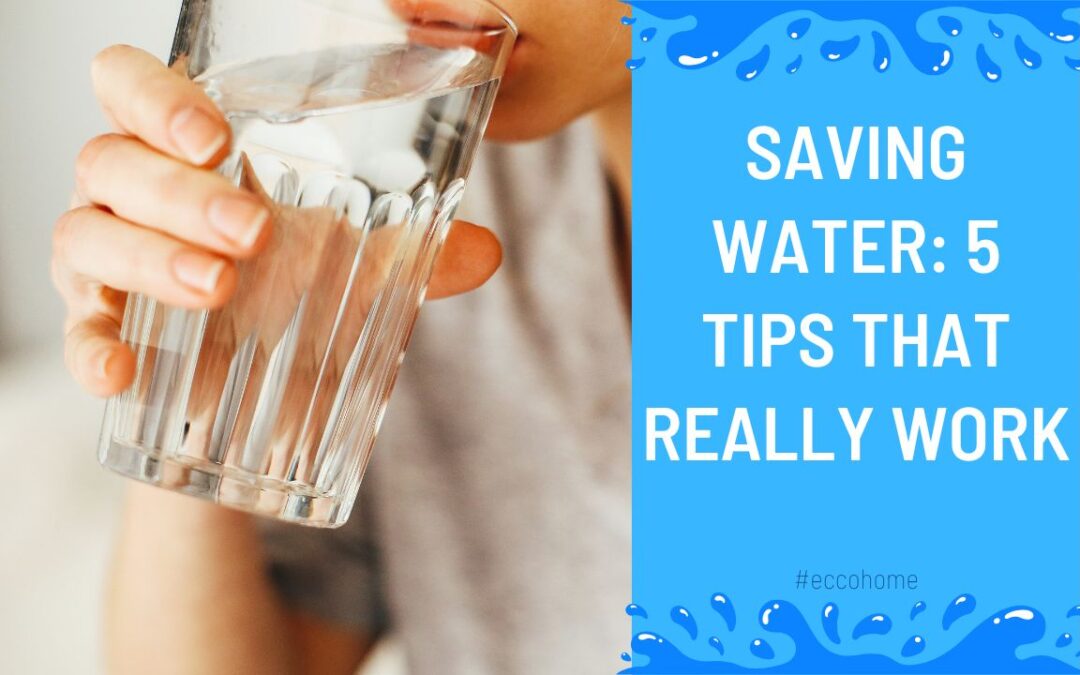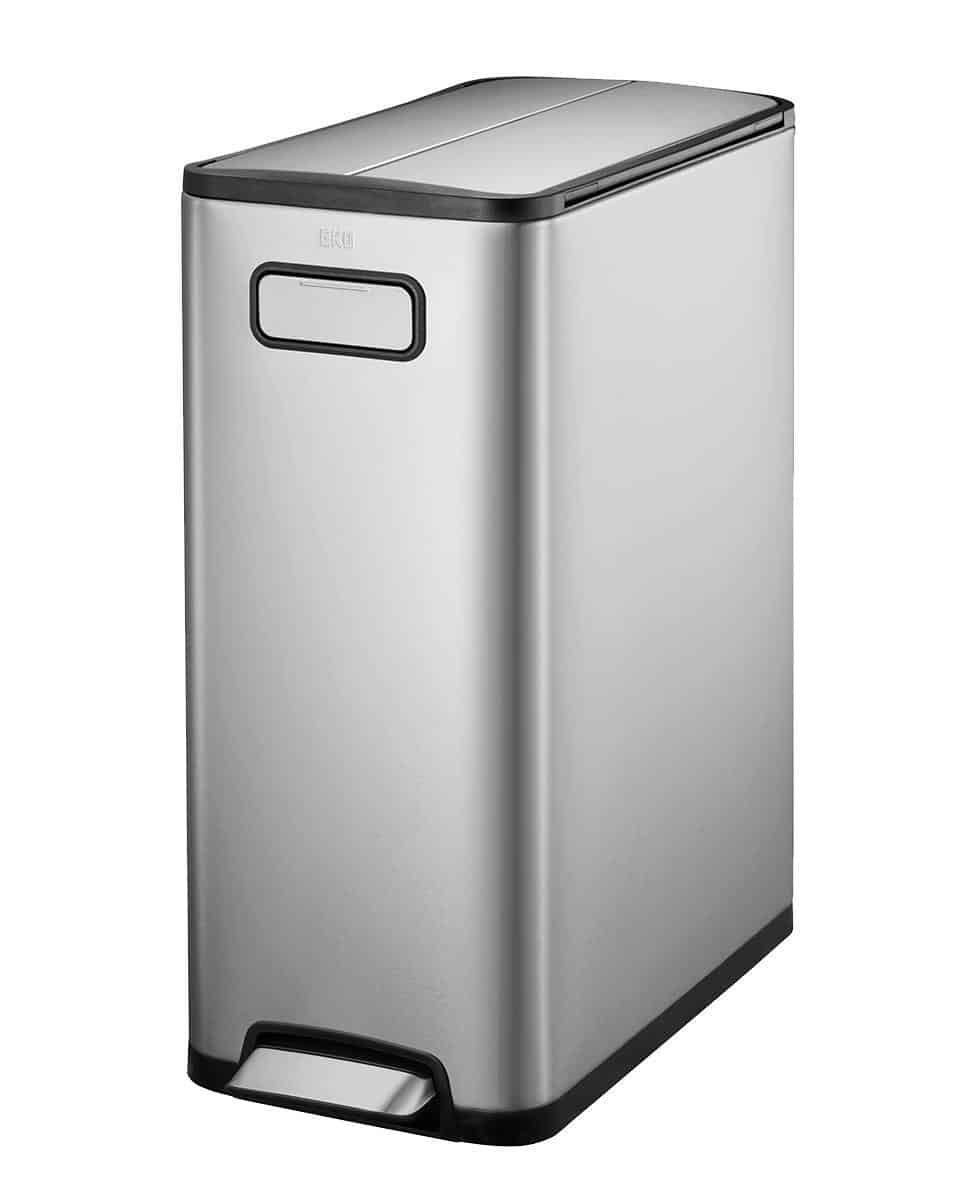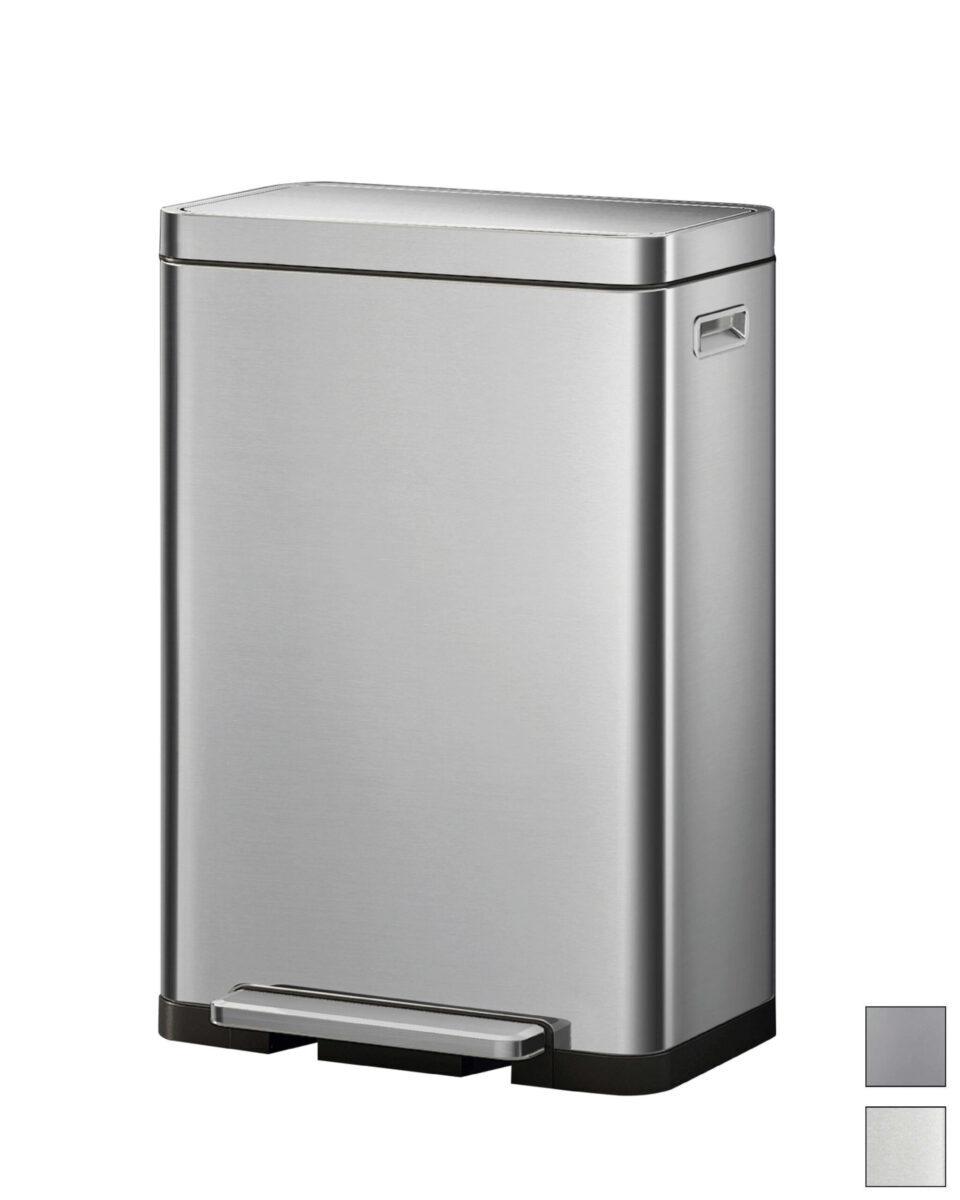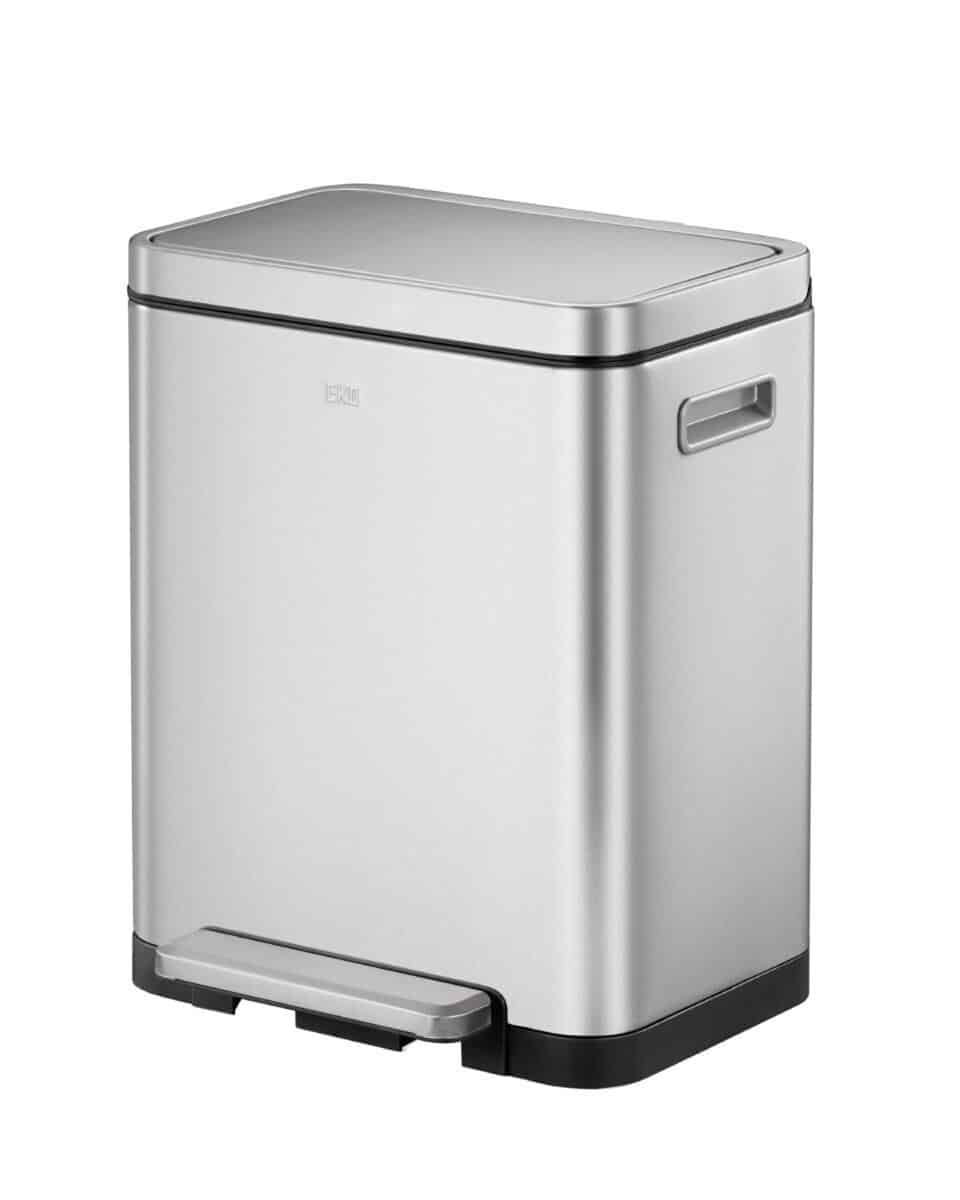Water is our most precious resource. After all, there’s no life without it. Therefore, it makes sense to be frugal with this resource, a necessity often preached. Everyone has been advised to turn off the shower while shampooing or to avoid leaving the tap running while brushing their teeth. But how effective is this really? The answer, as often, is yes and no. In this article, discover which water-saving tips significantly impact and why water consumption should not be reduced in some places. Sounds contradictory? We aim to consider the situation globally – but read on for yourself.
Berlin, a Swamp We’ve all learned that reducing water consumption benefits the environment and saves money. This holds true in many regions of Germany. However, in Berlin, this is only partly the case. Why? The name ‘Berlin’ doesn’t derive from its coat of arms, the bear, but from Slavic, meaning “place in a swampy area”. That’s what the capital was before its founding: a swamp with an abundance of water. This is still somewhat the case today.
Water is Good, Too Much is a Problem Most of Berlin’s sewage pipes date back to the 1970s. At that time, there was more industry in Berlin, and the per capita consumption was much higher than it is today. Hence, the sewage systems were built with foresight, planning for an ever-increasing per capita consumption. However, the opposite has occurred: according to Berliner Wasserbetriebe, each Berliner now uses an average of “only” 110 litres of water per day instead of the anticipated 200 litres. A positive development, or not?
Our pipes need pressure to transport impurities and prevent water from spoiling due to stagnation. The design of the 70s, combined with our frugality, means that the necessary water pressure isn’t always achieved, leading to more frequent maintenance of the pipes and water going unused.
Additionally, the groundwater level in Berlin has been steadily rising since the 80s due to low consumption, leading to damp, musty basements and threatening much of the city’s infrastructure. To protect our living spaces, excess groundwater is pumped out, consuming great energy and further harming the environmental balance of water conservation.
The rationale for (excessive) water conservation must be questioned in light of our water cycle. Our tap water doesn’t seep unused into the ground but is recycled back into the water cycle. It’s possible that the bathwater from the other day ends up in our tea. While this might sound unappetising, it is completely harmless: our tap water is the most controlled and least polluted foodstuff – it even contains fewer pollutants than bottled mineral water.
Why, Then, Does the Price of Tap Water Rise? The cool water from our taps is billed per cubic metre, but in essence, we pay for the infrastructure’s provision and maintenance. Therefore, the fewer people use tap water, the more the rest have to pay. The costs for treatment and maintenance continue, but the water volume over which these costs are distributed decreases. This creates a vicious circle: if fewer people are willing to pay for the increasingly expensive tap water, the price will continue to rise.
Should We Waste Water? No. Being frugal with water is still advisable, even if measures like water-saving showerheads, start/stop mechanisms on toilets, and efficient washing or dishwashing machines have relatively little impact. Although we have sufficient water, we consume large amounts of water from countries suffering droughts, where residents must travel long distances to fetch water for their families. Therefore, we should not just ask how we can save our water but also how we can contribute to reducing water consumption in other countries. That’s what makes a real ecological difference.
5 Tips for Ecologically Sensible Water Saving
- Drink Tap Water
It’s not uncommon for drinking water from poorer countries to be bottled and exported to Western countries in large quantities. These countries then suffer from water scarcity while we drink their water from bottles, even though our tap water is less polluted, according to studies. This also includes the immense energy expenditure for transport and packaging. So, better save yourself the hassle of carrying water bottles and fully enjoy our tap water.
- Buy Local and Seasonal Products
Eating asparagus in winter and strawberries with cream for dessert – should we reconsider whether such indulgence is necessary? The cultivation of fruits and vegetables in the colder season often occurs in countries with less abundant water reserves than ours. It’s best to wait a few months until you can buy the ingredients locally again. This not only saves money but also CO2 and, above all, water. We have summarized how best to buy locally and what a climate-friendly diet entails on our blog.
- Eat Less (Imported) Meat
Meat production involves high water consumption, and it would be best to avoid it entirely. Of course, not everyone wants to, but if we all ensure that our meat doesn’t need to be flown in from dry regions at great energy expense, we can significantly contribute to water conservation. This benefits both our wallets and the countries of origin.
- Buy as Few Water-Intensive Products as Possible
Certain everyday products always involve high water consumption in their production. Coffee and cocoa beans, for instance, are two of the most water-intensive foods during cultivation. Unfortunately, we don’t have the option of buying these locally and must rely on imported goods. Forgoing morning coffee and the occasional chocolate bar might seem too much to ask for most people. However, we should keep this in mind when indulging in chocolate or struggling to stay awake in the office.
- Wear Fewer Textiles from Distant Countries
The production of clothing also consumes a lot of water. For example, around 2,700 litres are estimated to be used in making a single cotton T-shirt. This is in addition to water body pollution with dyes and bleaching agents and the enormous CO2 emissions for transport. How you can identify organic, fair, or ecological clothing and where to find a wide range of sustainable clothing in Berlin, is covered in our article “Sustainable Fashion: Berlin as the Green-Fashion Capital”.
Conclusion
There are ample tips for saving water, but for real change, it’s crucial to consider water consumption globally. Long-term, effective water conservation measures should not only reflect on our domestic water bills but ensure we use this precious resource sparingly worldwide.






